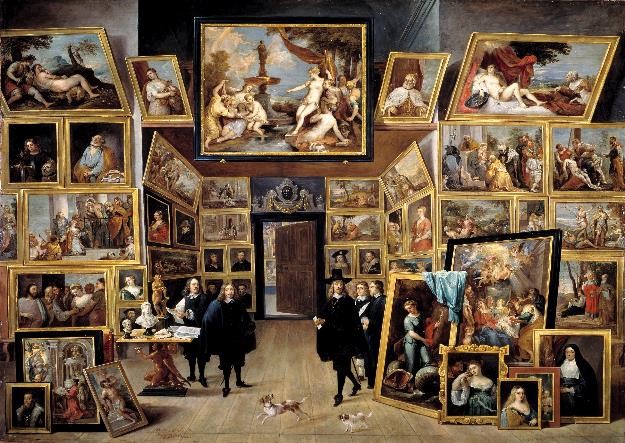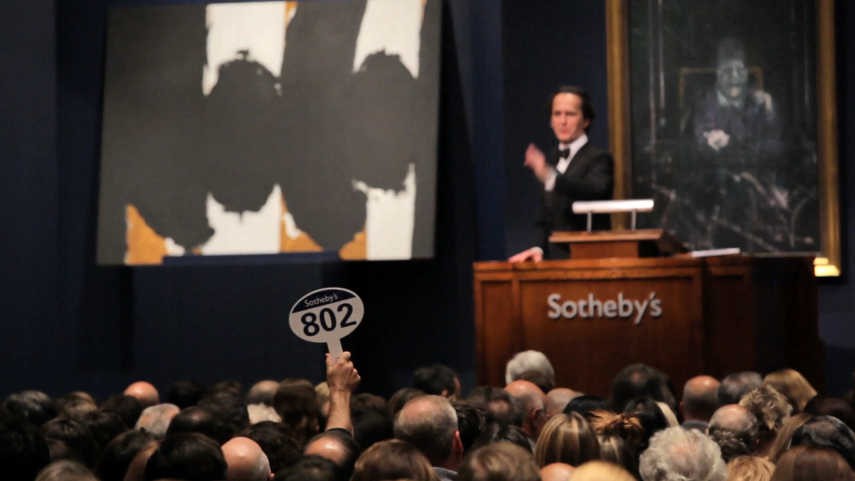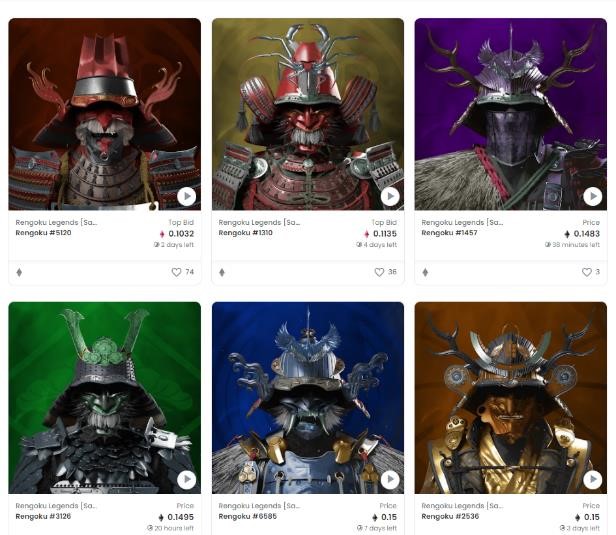NFTs and Its Hype, Is it art or a Chunky Gold Bar for Investment Purpose?
Andreas J. Pratama
It is no secret that art and its financial value is often regarded as an investment mechanism. To buy and to crank its value up through exhibitions and shill bidding. Since the 14th to 18th century, art in the Western world is fully aware of itself attaining the status of well-guarded part of the treasury. In the Renaissance for example, the surge of creative and scientific liberation allowed the creators to move within a looser parameter; tight grips on taboos and religious fundamentalism is constantly being pushed to further limits. People such as the Medici family, due to their immense economic control and power, started consistently collecting art for themselves and for the purpose of marking a mile stone in history that albeit not as clear as daylight, its purpose is to document the progression of its civilization. Then came the Baroque era whose purpose was to emit bourgeoisie spirit exclusive bragging rights. The rise of economic power – the shift of the middle class to upper class – the Western colonization of the less developed world. It was from that dark history that the European could amass such financial power that appreciate existence.

The Archduke Leopold in his gallery. 1647. David Teniers
The process of collecting took on a deeper meaning and purpose, not only are they collected for museum curios only but also to take part in the fleetingness of time, of realizing that only one object is capable of signifying that progress of time and nothing else could. To collect Fountain by Marcell Duchamp, for example, is to witness the anti-art movement and the nihilism the first world war brought. Despite its price should soar as high as anything in Heaven, its greater value should be in witnessing the crystallization of fear, of disgust towards the politics and disdain for destruction: so great that the human mind retorted to flee inwards refusing to see the world for what it was. If not for the market value alone, we should be sympathetic and gained some lessons from the past for the survival of our species.
While the habit carried on through history and time, various art auction houses and art curio shops emerged fueling this habit of collecting and investing. Various auction institutions and establishment, big names such as Sotheby, Christie’s and others are at their playing field connecting collectors and the market. It is here that the appreciation for the ‘real’ value of art became questionable. The process of shill bidding (hiking prices) intentionally became a normalcy, despite still being frowned upon, upon discovery.

Scene from Francis Bacon’s Auction Session at Sotheby’s
The high, often non sensical price of art that could reach millions of dollars in worth became acceptable only when one considers its exclusivity and its worth in historical milestone to culture and trace of our human existence. What then of NFTs (Non-Fungible Tokens)? The current rage of the moment that follows the ever-growing momentum of crypto currencies. Does collecting NFTs make any difference to the world? The answer is of course it can make a difference to how we see the world. It differs the world by submitting it to the will of the market blind to any real values of the said milestone of civilization. Mind you, I do not take the position of anti NFT market, it is completely liberating for artists to be able to feed themselves by putting their works on the platform accessible to many. Previously artists were hindered and often swept aside by fierce gate keepers, that is museums, representative galleries, that once controlled the ebb and flow of trends further discouraging emerging artist from entering the arena. However, to follow the aesthetic and moral value of the expensive will lead us to worshipping dominance of financial perspective and not necessarily life purpose.

Rengoku Legend NFT Collections from Opensea.io
NFTs are no doubt highly collectible, has fluctuating investment value, due to its digital nature, has short and dense memetic qualities that internet memes possess. Contemplation is no longer needed to read it – unlike classic art, it soars in popularity due to quirks and popular values: Of traffic, of likes, of interests, and most magnetizing are some effect of them capable to generating passive incomes. Where rights and deed of ownership to these NFTs can be further used by the owner for whatever wish they want. Does NFT then, count as art? Maybe in the long run when we look back, we may one day realize that our perspective took a turn for the shallower, I can never tell for certain. But as of the time of this writing NFTs are definitely lacking in depth of reading, its qualities are very design-like in a shallow dimension. We shall remain to see what further unfolding will happen in the future, NFT arts are only at its infancy state.
To end, I will return to the phrase remembered by many ‘ars longa, vita brevis’. Art is long (everlasting), life is brief. If one to follow and submit self to the economic value of NFTs the body will one day perish, but ideal and values are everlasting, it may inspire, it may lead but money is just a tool for survival. Need I remind that if we are to follow blindly that the highest standard is wealth, we are missing out on a lot of things. The question is now, should we let market trends and economic value to dictate the nature of our humanity? Should we cease to, altogether, reflect for our beings and be swayed by the flows of the mainstream? Will it lead us somewhere?


Comments :